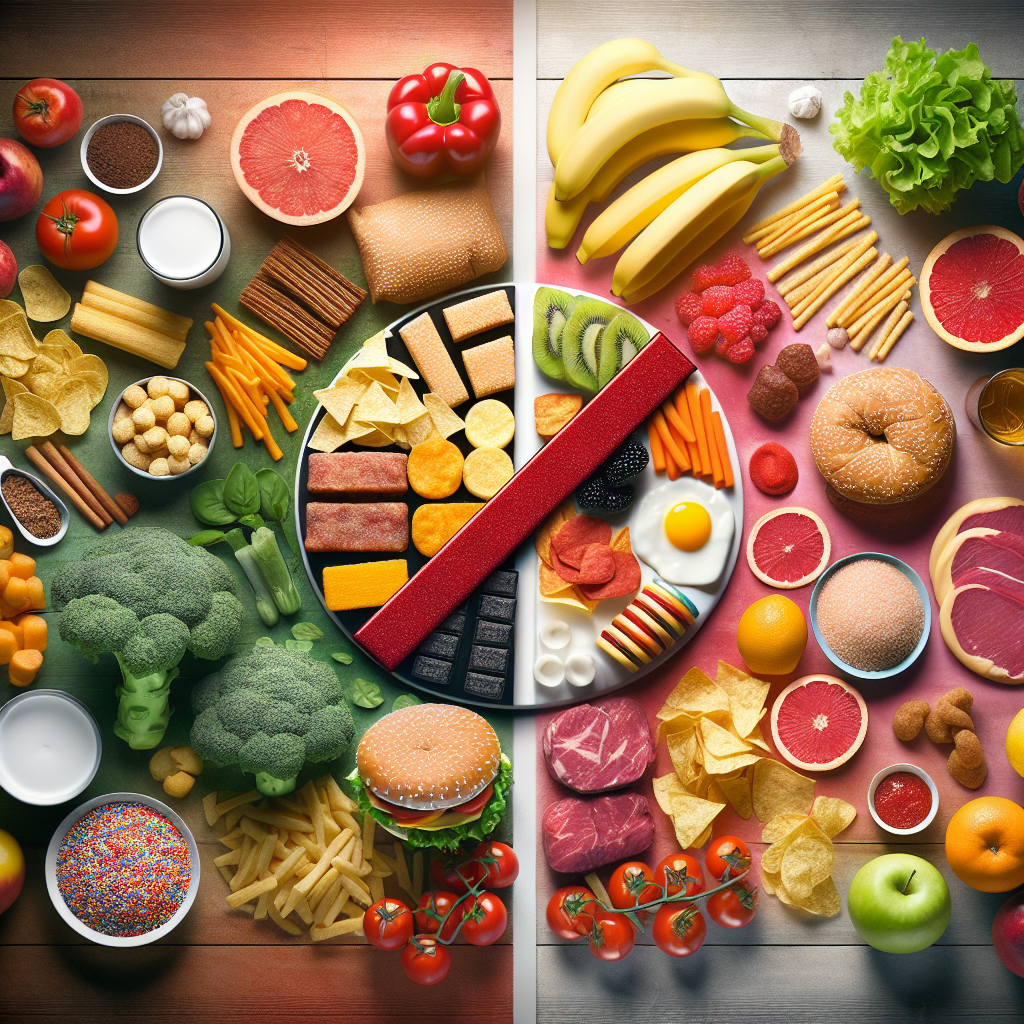Losing weight can be challenging, but with a proper diet chart, the process becomes more structured and achievable. This weight-loss diet chart is designed for men and women, considering different nutritional requirements, lifestyle factors, and weight-loss goals. Following a balanced approach that promotes fat loss while maintaining muscle mass and ensuring long-term health is vital.
The Basics of a Weight Loss Diet
A successful weight loss diet is built around the calorie deficit principle, meaning you consume fewer calories than your body burns throughout the day. However, simply reducing calories is not enough. The focus should be on consuming suitable foods, balancing macronutrients (proteins, carbohydrates, and fats), and ensuring that all essential nutrients are included to promote optimal health.

Critical Components of a Weight Loss Diet
- High Protein Intake: Protein is crucial in a weight loss diet because it helps preserve muscle mass, keeps you feeling full, and has a higher thermic effect than carbs and fats, which means it burns more calories during digestion.
- Complex Carbohydrates: Instead of cutting out carbs entirely, focus on complex carbs like whole grains, vegetables, and legumes. These provide sustained energy, are fiber-rich, and help regulate blood sugar levels.
- Healthy Fats: Incorporating healthy fats in avocados, nuts, seeds, and olive oil is essential for nutrient absorption, brain function, and overall health.
- Adequate Fiber: A high-fiber diet helps with digestion and keeps you full for longer. Aim for fiber-rich foods like vegetables, fruits, whole grains, and legumes.
- Hydration: Drinking plenty of water is essential for metabolism and overall well-being. Aim for at least eight glasses of water per day.
Sample Diet Chart for Weight Loss
This diet chart provides a balanced approach to weight loss that both men and women can follow. Adjust portion sizes according to your caloric needs, and be mindful of including whole, nutrient-dense foods.

Morning Routine (6:30 AM – 7:00 AM)
- Warm Water with Lemon or Apple Cider Vinegar: Start your day by detoxifying your system with warm water mixed with lemon or apple cider vinegar. This helps boost metabolism and kickstarts digestion.
- Green Tea or Black Coffee: These beverages contain antioxidants and boost natural energy without adding unnecessary calories.
Breakfast (8:00 AM – 9:00 AM)
- Option 1: Oatmeal topped with chia seeds, almonds, and berries. This provides complex carbs, fiber, and healthy fats.
- Option 2: Scrambled eggs with spinach and whole-grain toast. Eggs are an excellent source of protein, while spinach provides fiber and vitamins.
- Option 3: Greek yogurt with mixed nuts and fruits. Greek yogurt is high in protein and calcium, while nuts offer healthy fats.
Mid-Morning Snack (10:30 AM – 11:00 AM)
- Option 1: A handful of almonds or walnuts with a piece of fruit like an apple or pear.
- Option 2: Carrot and cucumber sticks with hummus for a low-calorie, nutrient-rich snack.
- Option 3: A boiled egg for a protein-packed snack that keeps hunger at bay.
Lunch (12:30 PM – 1:30 PM)
- Option 1: Grilled chicken breast with quinoa and a mixed salad. Chicken provides lean protein, while quinoa offers fiber and complex carbs.
- Option 2: Lentil soup with a side of whole-grain bread. Lentils are rich in protein and fiber, making them perfect for a weight loss diet.
- Option 3: Grilled salmon with sweet potatoes and steamed vegetables. Salmon is high in omega-3 fatty acids, which are excellent for heart health and weight loss.
Afternoon Snack (3:30 PM – 4:00 PM)
- Option 1: A smoothie made with almond milk, spinach, a banana, and a scoop of protein powder. This snack provides a perfect blend of protein, fiber, and energy.
- Option 2: A cup of green tea and a handful of mixed seeds (flaxseed, pumpkin, sunflower seeds).
- Option 3: Low-fat cottage cheese with cucumber slices.
Dinner (7:00 PM – 8:00 PM)
- Option 1: Grilled tofu stir-fry with vegetables and brown rice. Tofu is an excellent plant-based protein source, while brown rice provides complex carbs.
- Option 2: Baked chicken or fish with roasted vegetables (zucchini, bell peppers, carrots). A light yet filling meal rich in protein and fiber.
- Option 3: A large salad with mixed greens, chickpeas, avocado, and a lemon-olive oil dressing.
Evening Snack (9:00 PM)
- Option 1: A small bowl of Greek yogurt with a drizzle of honey and flaxseeds.
- Option 2: A cup of herbal tea to relax before bed.
Essential Weight Loss Tips for Men and Women
1. Consistency is Key
Sticking to your diet plan consistently is critical in achieving your weight loss goals. Small indulgences are OK, but staying on track with your daily meals is crucial.

2. Portion Control
No matter how healthy your meals are, portion control is critical in maintaining a calorie deficit. Use smaller plates and measure your food to avoid overeating.

3. Avoid Processed Foods
Processed foods like chips, sugary snacks, and fast food are high in calories, sugar, and unhealthy fats, hindering weight loss. Stick to whole, unprocessed foods whenever possible.

4. Incorporate Physical Activity
While diet is crucial in weight loss, regular exercise is just as important. Incorporating both strength training and cardio exercises will help you burn fat and build lean muscle mass.

5. Stay Hydrated
Often, our bodies confuse hunger with thirst. Ensure you drink enough water throughout the day, especially before meals, as it can help curb overeating.

6. Get Enough Sleep
Sleep is a vital component of any weight loss journey. Inadequate sleep can lead to hormonal imbalances that increase hunger and reduce metabolism. Aim for 7-8 hours of quality sleep each night.

Special Considerations for Men and Women
While the basic principles of weight loss remain the same for men and women, certain differences in metabolism, hormonal balance, and muscle mass can affect how each gender loses weight.
- Men: Generally, men tend to have more muscle mass and a higher metabolism, which means they may lose weight more quickly than women. Men need to focus on strength training to maintain muscle during weight loss.
- Women: Women often face challenges related to hormonal fluctuations, especially during pregnancy, menstruation, or menopause, which can make weight loss more difficult. Women should ensure they consume enough iron and calcium to support overall health while losing weight.
Conclusion
Creating a weight-loss diet chart requires planning, consistency, and a focus on whole, nutrient-rich foods. This chart offers flexibility, providing meal options for different preferences and lifestyles while ensuring both men and women receive the necessary nutrients to support weight loss.










